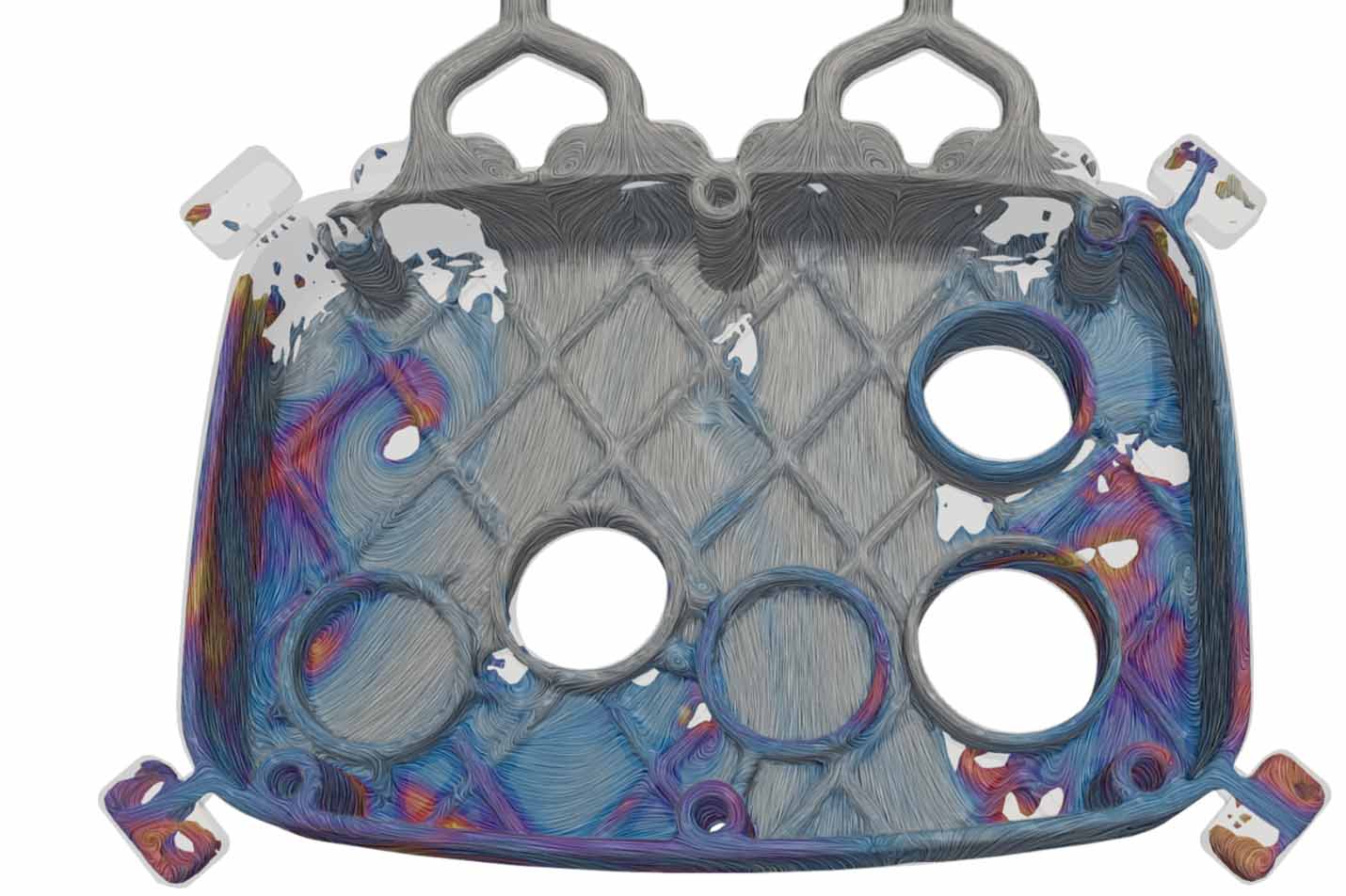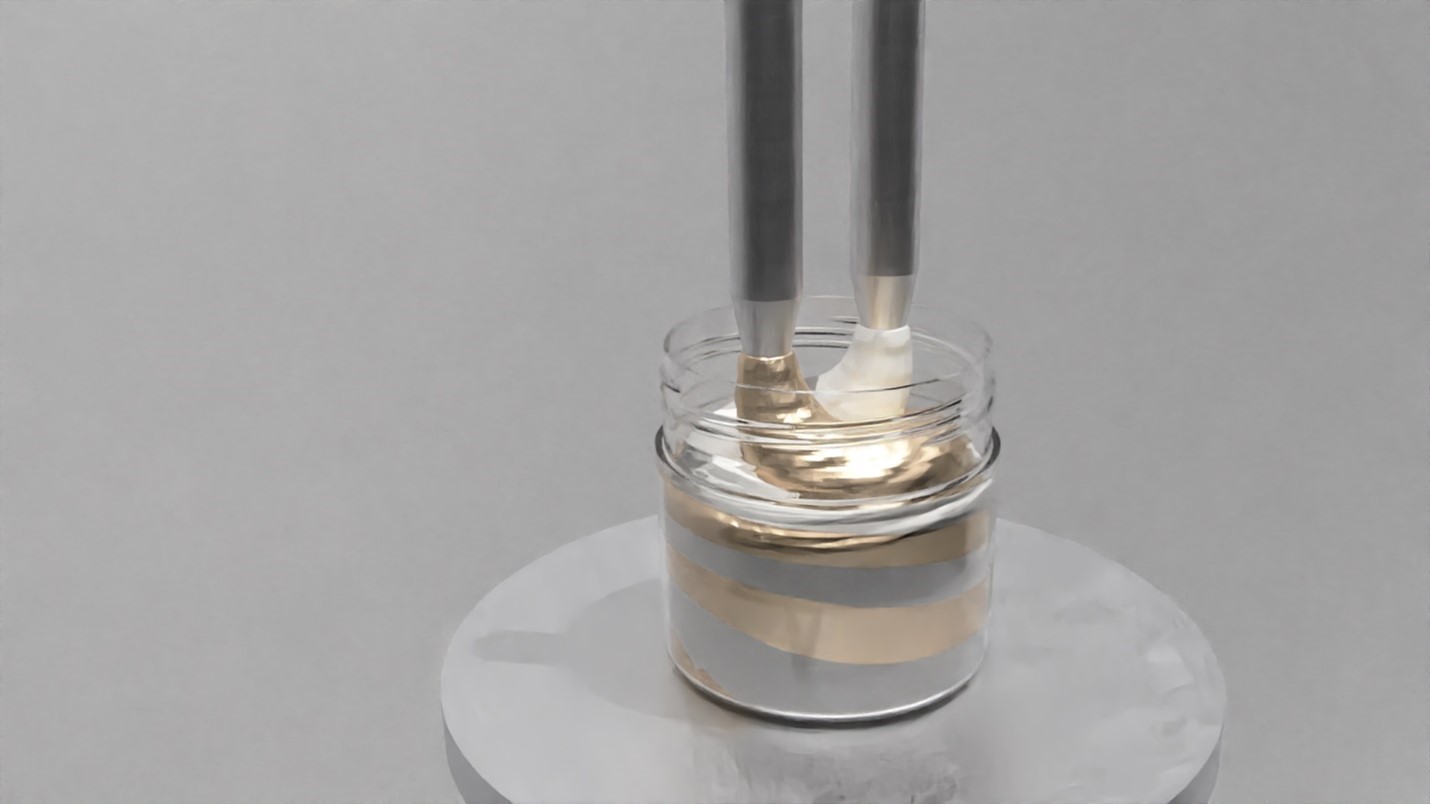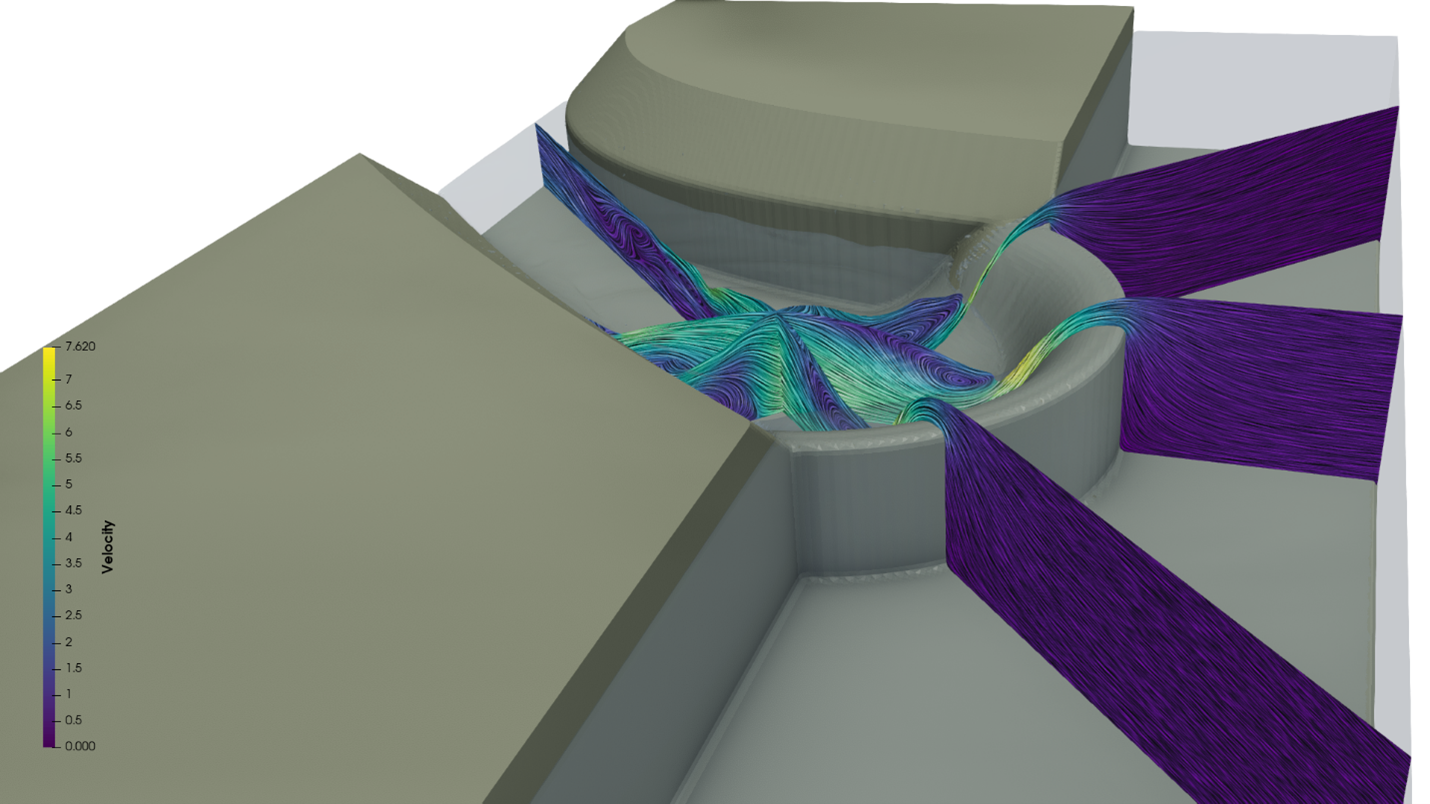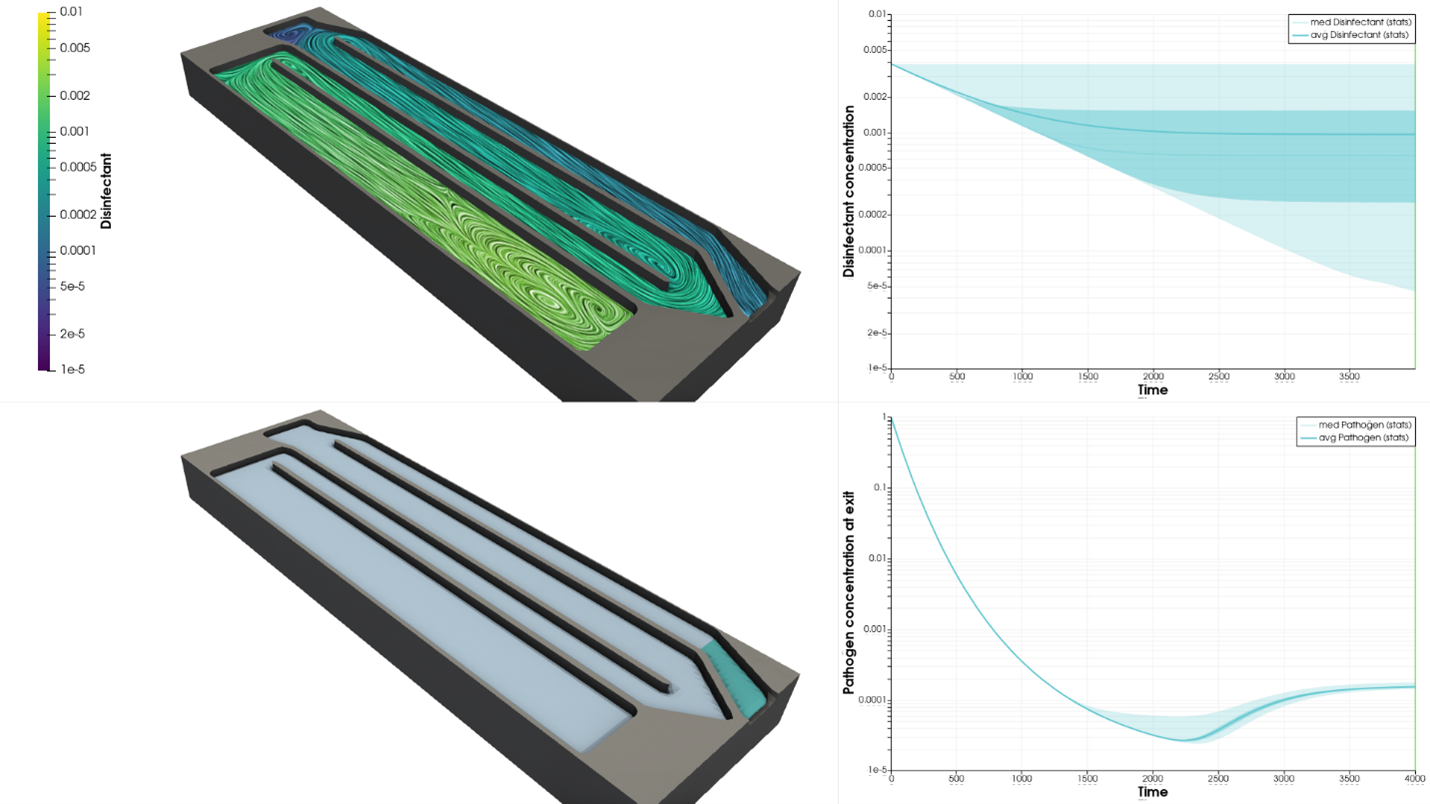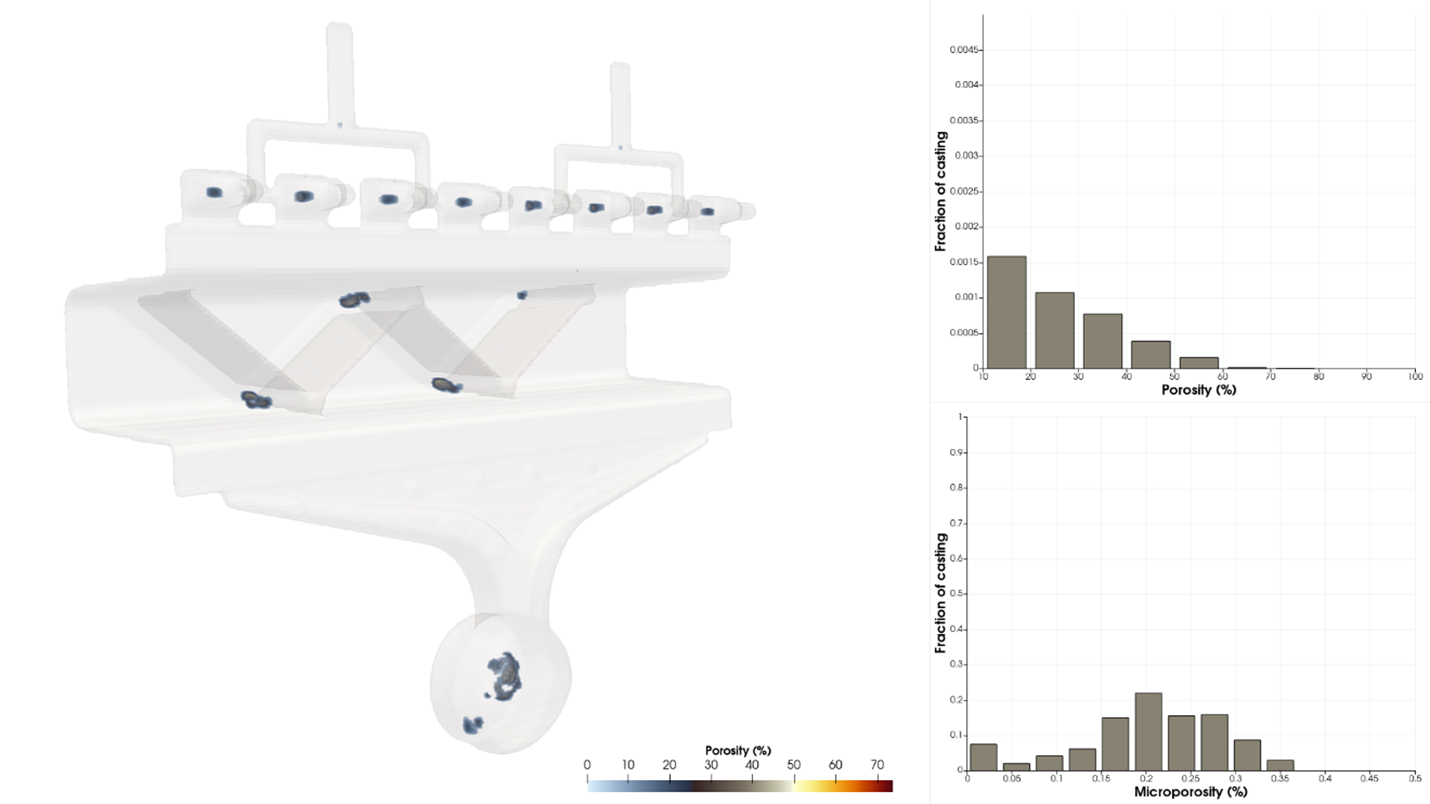

What's New in FLOW-3D POST 2023R2
New results file format
FLOW-3D POST 2023R2 introduces support for an all-new results file format based on the EXODUS II format, enabling faster postprocessing. This new file format significantly reduces the time spent on postprocessing tasks for large, complex simulations (up to 5x on average!) while improving connectivity with other visualization tools. With the new workflow, users can visualize large, complex cases quickly and extract auxiliary information using arbitrary slicing, volume renders, and statistics.
The new results file format boasts a remarkable speed-up in visualization workflows compared to flsgrf without sacrificing the performance of the hydr3d solver.
This exciting new development provides a seamless simulation experience with improved speed and flexibility in results analysis.
Additionally, FLOW-3D POST 2023R2 is upgraded to the latest version of ParaView and brings the improvements associated with ParaView 5.11.1.
New visualization capabilities
Smooth arbitrary clips and slices
The EXODUS II file format allows users to generate smooth slices in any orientation, making it easier to visualize the flow exactly as you want to see it.
Better quantification of model outputs
Improved ray tracing
Representing flow fields with Surface LIC
Animated streamlines
What's New in FLOW-3D POST 2023R1
FLOW-3D POST 2023R1 features an updated ParaView engine with native MP4 support, a streamlined Linux installer with automatic dependency testing for easy installation, and support for Windows 11 and RHEL 8.
Units display
Units are a key part of interpreting and communicating the results of engineering analyses. In FLOW-3D POST 2023R1, units are automatically read from the results file and set in the legend for spatial and history plots, making it easy to interpret and communicate simulation results.
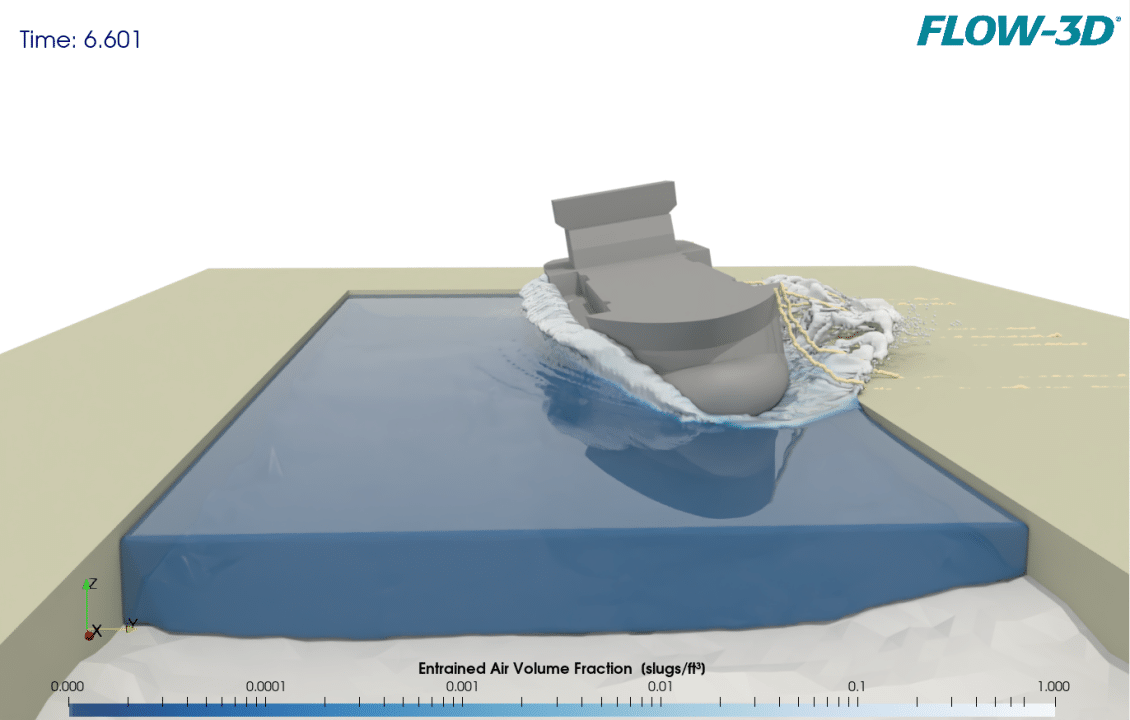
Automatic PQ2 plots
FLOW-3D CAST has provided information about HPDC machine performance through PQ2 analysis for many years and we have now extended this capability to support visualization in FLOW-3D POST. The PQ2 information is automatically summarized in a pre-defined plot, so all you need to do is toggle the visibility of the plot to see how the machine is performing for the casting. An additional benefit is that you can also view the data vs. time to see when the pressure exceeds the machine capabilities.
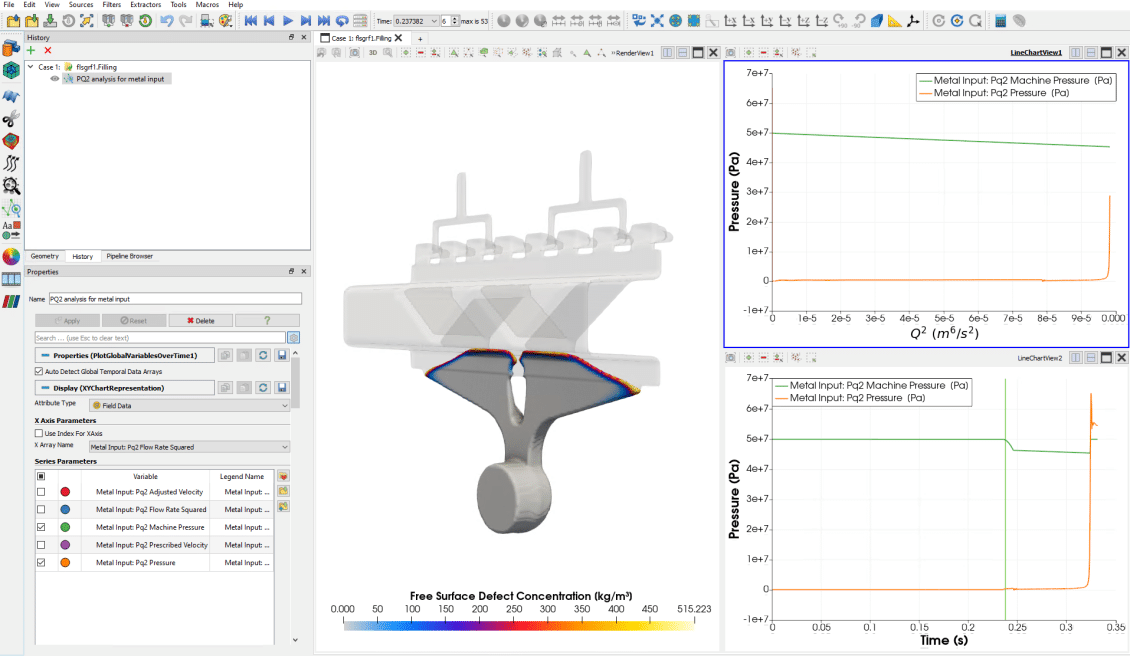
Particle visualization
We revisited how we display particles to make the interaction more intuitive and to make it easy to export the particles as an STL file for use in other applications or, in the case of FLOW-3D AM, as initial conditions for powder melting simulations. In FLOW-3D POST 2023R1 you can quickly show the physical size of the particle by using a scale factor of 1 and save the particles as an STL using the File > Save data option.
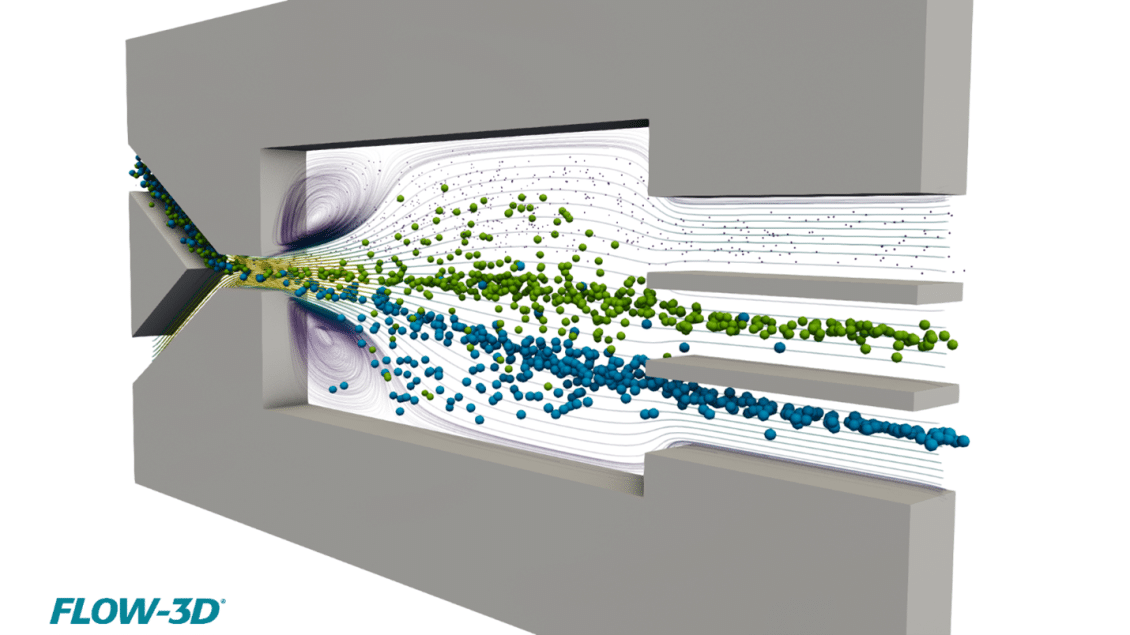
What's New in FLOW-3D POST 2022R1
FLOW-3D POST 2022R1 brings three important developments to FLOW-3D‘s postprocessor: streamlined 2D slicing, advanced automation with ParaView’s Python tools, and increased postprocessing rendering speed.
2D slicing functionality
The 2D slicing functionality has been expanded and streamlined, making it simpler to work with and more powerful. FLOW-3D POST users can now quickly generate 2D slices with representation of vectors on the sliced surface as well as multiple color variables. This 2-minute video provides an example of the new 2D slice feature.
Python tools
The addition of ParaView’s Python tools in 2022R1 expands the automation capabilities in FLOW-3D POST to include macros to automate repetitive actions, as well as batch postprocessing to generate entire sets of results with a single click. If you want to show specific or elaborate types of postprocessing, simulation after simulation, you will benefit immensely from these new features that allow you to standardize your output and automate your postprocessing tasks.
Batch postprocessing allows you to postprocess from the command line using a script or state file that predefines the postprocessing operations, facilitating the production of images and animations for multiple results files resulting from DOEs, parameter sweeps, or automated workflows. The batch script or state file can be applied to different results files or an entire workspace of simulation results files to generate the desired outputs for each case quickly and consistently. It can also be leveraged to produce a series of different visualization outputs for a single results file.
Access a 30-minute video tutorial on how to incorporate macros with PvBatch to easily automate and accelerate your postprocessing workflow on the Users Site.
Performance gains
We have also been working on postprocessing speed and FLOW-3D POST 2022R1 is usually 10%-30% faster than FLOW-3D POST v1.1, though exact speedup is dependent on the simulation and output details. A few examples on the right illustrate the performance gains.
| Sample simulation | Speedup | Labyrinth weir | 1.3x |
|---|---|
| Bell housing casting | 1.14x |
| Fluid-structure interaction | 1.2x |

